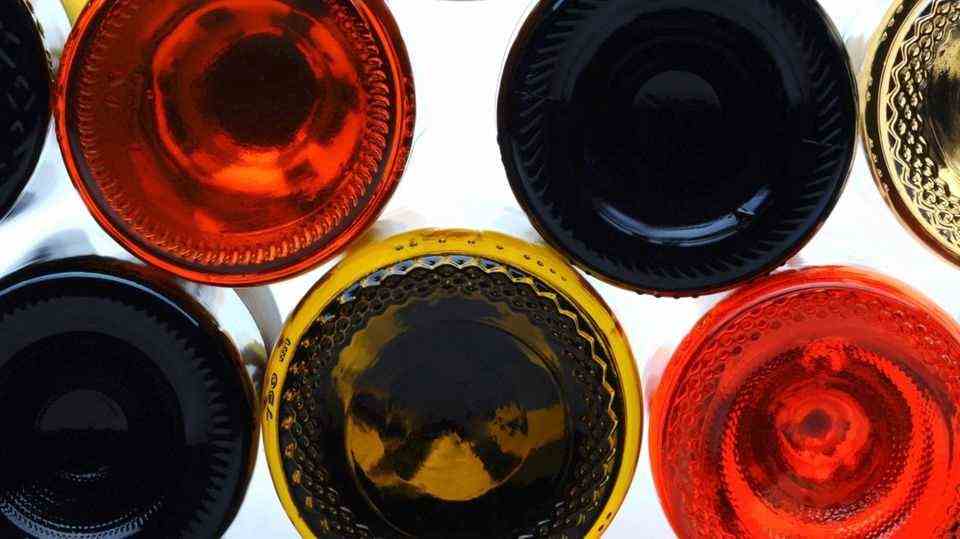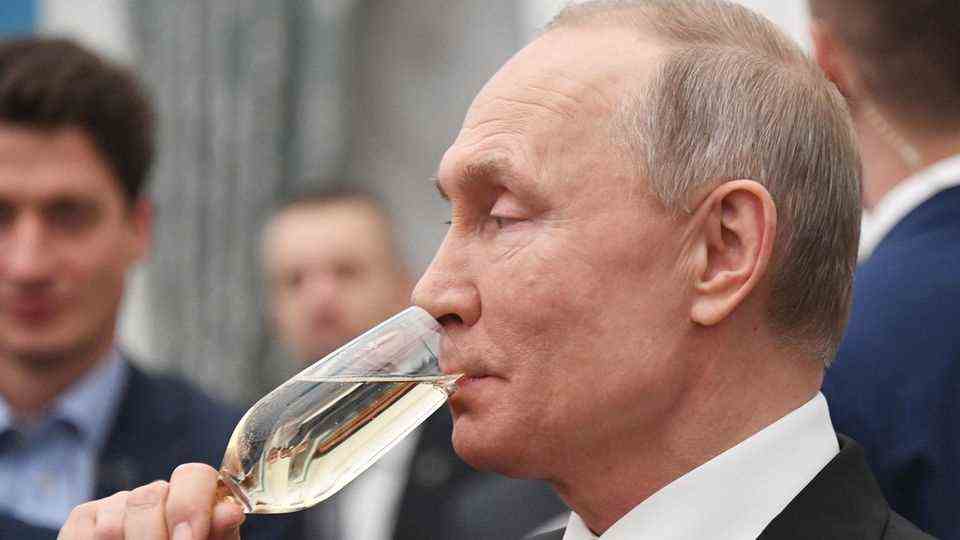Sparkling wine
Champagne, Crémant, Prosecco: this is where the differences lie
Champagne from Champagne is no longer allowed to be called champagne in Russia, but only sparkling wine. The outrage among the French is of course great, the name is after all protected. But how do the sparkling wines actually differ? We give an overview.
What actually is a good sparkling wine? It sparkles and shines in the glass, many fine, delicate bubbles rise up, the carbonic acid pearls, which are also called perlage. In the nose there is a lot of freshness and invigorating aromas of citrus fruits, apples, apricots or flowers. Depending on the type or age, you can also smell berries, dried fruits, brioche, honey or exotic fruits. It can have minerality, which means earthy notes, the sparkling wine only shows its finesse in the mouth. Acid and fruit are balanced, it often comes across as creamy, but never greasy. He may like to have depth and taste long on the palate. All in all, the first glass should whet your appetite for the next.
You have a large selection of sparkling wines on the supermarket shelves: Expensive champagne, which may only come from French Champagne, Crémant, Prosecco, sparkling wine. But what exactly are the differences?
champagne
Since 1927 it has been precisely defined in which area grapes for champagne may be grown, exclusively in Champagne in France. The cultivation area covers around 34,000 hectares in five departments: Marne, Aube, Aisne, Haute-Marne and Seine-et-Marne, with only very small vineyards in the latter two. The area is roughly the size of North Rhine-Westphalia. Almost exclusively three grape varieties are grown here for the sparkling wine: the red grape varieties Pinot Noir (Pinot Noir), Pinot Meunier (Black Riesling) and the white Chardonnay grapes. The wines are bottle-fermented and undergo a second fermentation and aging in the bottle for many months. That’s a big difference. Champagne has to mature for at least 15 months – in the bottle. Even three years if it is given a vintage. Prosecco, for example, matures in stainless steel tanks.
Crémant
The Crémants from France are made in areas that are also famous for their still wines: the Crémant d’Alsace from Alsace, Crémant de Bordeaux from Bordeaux, Crémant de Bourgogne from Burgundy, Crémant de Die from the Rhône, Crémant de Limoux from Languedoc, Crémant du Jura from the Jura, Crémant de Loire from the Loire region and Crémant de Savoie from Savoy. The sparkling wine has been known as Crémant since September 1, 1994, to distinguish it from Champagne, but which is produced using the same bottle fermentation process.
Prosecco
Prosecco has been a designation of origin since 2010. Prosecco may therefore only be mentioned if it was produced with Glera grapes exclusively from the Friuli-Venezia Giulia region and the provinces of Belluno, Padova, Treviso, Venice and Vicenza in the Veneto region. The vinification, i.e. the processing of the grapes into sparkling wine, as well as the bottling of the Prosecco, may only take place in the regions mentioned above. As a result of this change, the quality of the Prosecchi has increased significantly. Before that, many Prosecco products were transported to Germany by tanker and bottled there. Prosecco is usually fermented in the tank, unlike champagne and crémant.

Sparkling wine
Winzersekt is the term for a sparkling wine from German winemakers. The grapes must come 100 percent from their own vines. Usually they are single-variety, i.e. from Riesling or Weissburguner, but there are also more and more cuvées, from several varieties, on the market. Information about the installation company, the grape variety and the vintage must be printed on the label. Winzersekt is the German winemaker’s counterpart to champagne and crémant, and this is also produced using classic bottle fermentation.



